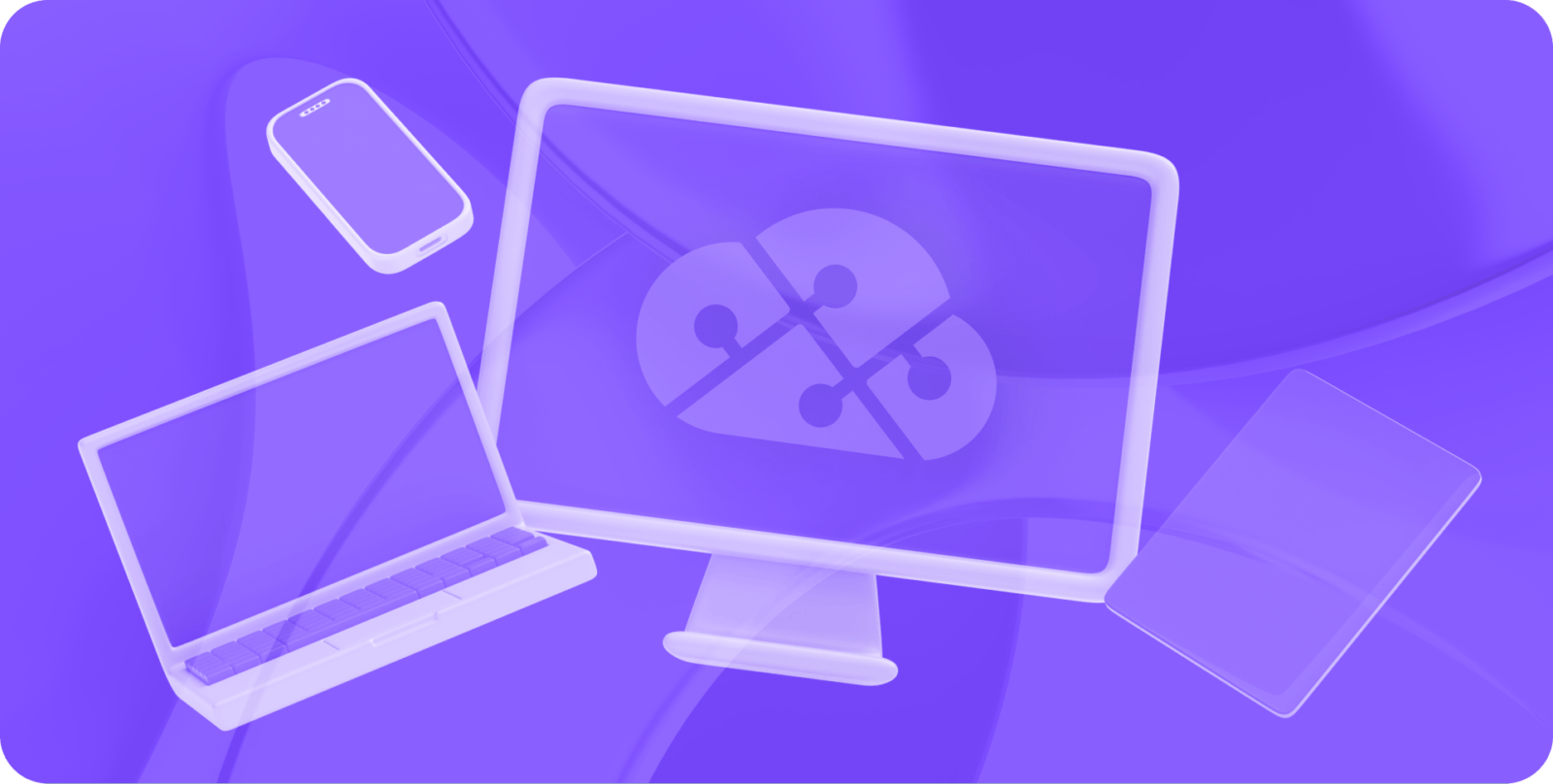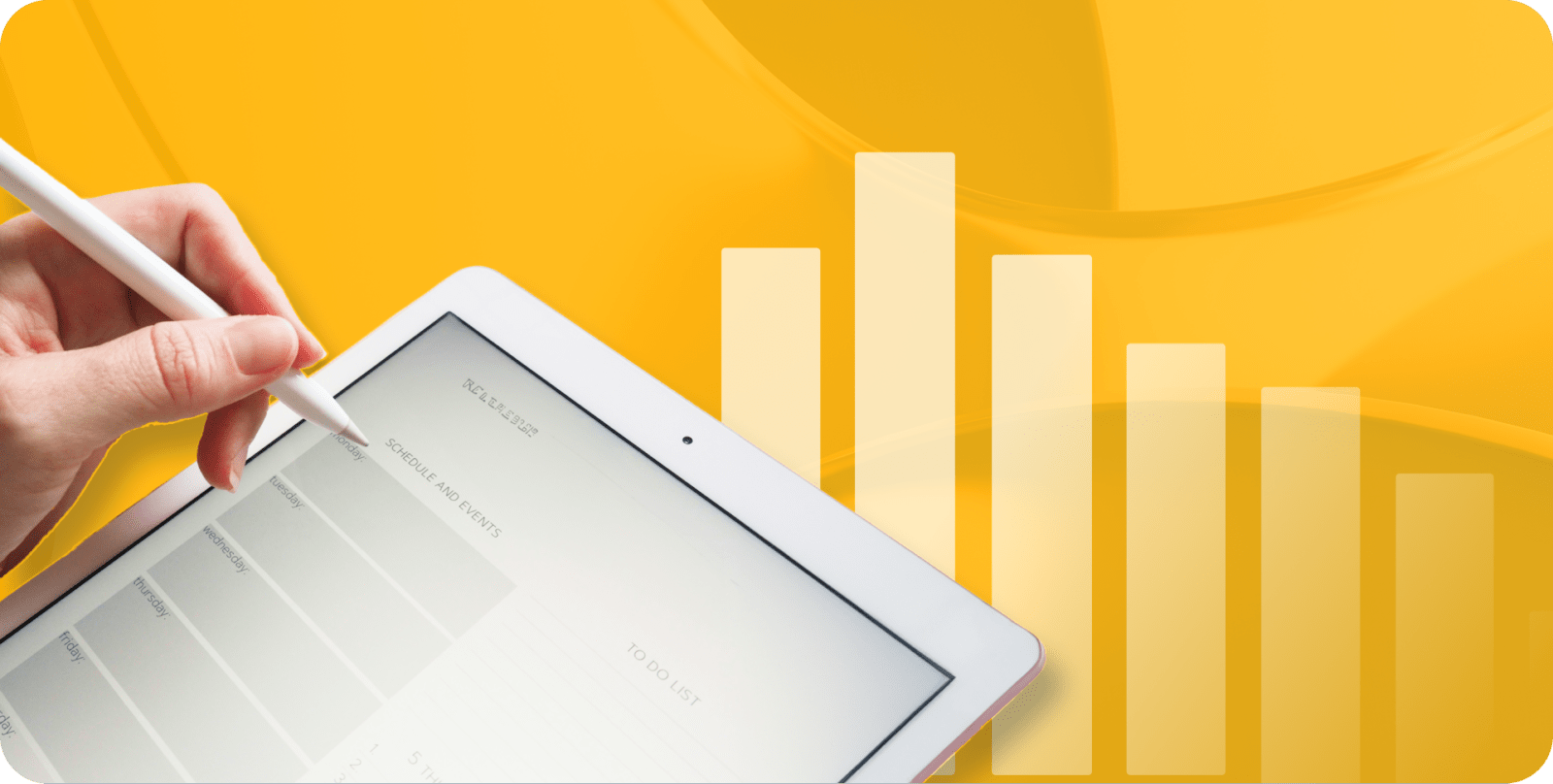What you need to know about SOC 2 cloud compliance and how to shore up security without impacting time to market
In an age of sweeping data breaches, companies simply can’t afford to treat security as an afterthought. Clients want to know that you’re treating their data with care before signing on the dotted line. Going through the SOC 2 type 2 compliance process can help start-ups and small-to-midsize businesses earn client trust and ensure proper security measures are in place before going to market.
In this article, we’ll cover what SOC 2 type 2 compliance is and what it covers, and then discuss typical timelines and costs.
What Is SOC 2 Type 2 Compliance?
SOC 2 Type 2 compliance is an audit process that tests how a cloud-based service or platform handles sensitive data. SOC stands for System and Organization Controls, a framework for auditing a provider’s ability to handle customer data. It was first developed by the American Institute of Certified Public Accountants (AICPA) to ensure that accounting firms were managing client data responsibly. However, SOC has since become a standard compliance framework across tech industries, from fintech to dating apps.
There are three types of SOC reports: SOC 1 is an audit specifically for financial transactions, SOC 2 is for data security, and SOC 3 is a public-facing version of SOC 2.
To further complicate things, there are two types of SOC 2 compliance: Type 1 and Type 2. SOC 2 Type 1 describes an organization’s system for handling client data. SOC 2 Type 2 compliance (sometimes called SOC 2 Type II compliance), which we’ll be covering in this blog, tests a software provider’s operational efficiency over a period of time. Usually, a client’s legal or IT team will reach out to you for a SOC 2 Type 2 compliance report to ensure your cloud-based service meets security standards for handling customer data.
Ready to take your understanding of SOC 2 Compliance further? Check out The Complete Guide to SOC 2 Compliance.
What’s the Process Behind SOC 2 Type 2?
SOC 2 Type 2 audits are conducted by a third party to eliminate conflicts of interest. Once the auditor’s report is ready, you can share it with potential customers. Most companies complete an SOC 2 Type 2 compliance report before going to market and continue to issue compliance reports on an annual basis.
Does My Company Need to Meet SOC 2 Type 2 Compliance?
If your team is building a cloud-based solution, you will very likely need to meet SOC 2 Type 2 requirements. Though SOC 2 Type 2 compliance is not legally mandated in the U.S., it has developed into a common industry standard, and many clients in North America will expect you to provide a SOC 2 Type 2 report before doing business with you.
If you’re building a solution for the healthcare, finance, cybersecurity, or government sectors, SOC 2 Type 2 compliance is a must because companies who work in these industries handle vast amounts of sensitive data (people’s Social Security numbers, medical records, credit card numbers, and so on). You will need to prove that your cloud-based solution meets basic security protocols in order to remain competitive in the SaaS market. Getting SOC 2 Type 2-compliant is one way to do just that.
Besides winning over clients who deal with sensitive data, getting compliant can help protect your brand, increase customer trust, improve your product, and save you time and money in the long run.
SOC 2 compliance shows that your organization takes data security seriously. Make sure you meet the rigorous requirements with our Complete SOC 2 Compliance Checklist.

What's Covered in a SOC 2 Type 2 Report?
SOC 2 Type 2 compliance reports can cover five different Trust Services Criterias (TSCs): security, availability, processing integrity, confidentiality, and privacy. Let’s go through these in more detail.
Security
Security is the only criteria required in an SOC 2 Type 2 report. But that alone can entail hundreds of controls (password security, employee onboarding, multi-factor authentication, etc.). This criteria focuses on data access and how confidential data is protected from unauthorized parties.
Availability
The availability criteria determines if your clients and employees can rely on your systems to work correctly. That includes measuring the efficacy of data backups, data recovery, and business continuity capabilities. You may be required to include this criteria if your product offers a continuous delivery or deployment platform or if a disruption to services (like a power outage) will prevent your clients from building their products.
Processing Integrity
This criteria looks at whether or not your systems can function without delays, omissions, or errors. Processing integrity is especially important if you provide solutions for ecommerce companies, financial institutions, or any other use cases where a customer needs to complete a certain set of transactions in the correct order (such as going through a checkout or sign-up process).
Confidentiality
The confidentiality criteria measures how well your systems protect sensitive information. This part of the report will look at how you designate and authorize parties to access sensitive information (such as legal documents, medical records, intellectual property) and what protocols you have in place to protect it (for example, limiting access to archived client profiles). You may need to add this criteria if your company deals with intellectual property, financial reports, or other types of confidential information.
Privacy
The privacy criteria looks at how well your organization protects personally identifiable information (PII). That includes names, emails, physical addresses, demographics, driver’s license numbers, and Social Security numbers. If your organization is handling a lot of consumer data, this criteria may be required on your SOC 2 Type 2 compliance report.
Logistics of SOC 2 Type 2 Compliance: How Long Does It Take and How Much Does it Cost?
Because SOC 2 Type 2 reports look at how your security systems perform over time, they can be a lengthy process. If you’re not using automation tools to speed up compliance, the average audit process can take anywhere from two months to a year.
There are three phases to a typical SOC 2 Type 2 compliance process. In the pre-audit phase, you define the audit scope, run a gap analysis, configure remediations, and get your documentation in order. In the audit window phase, you’ll collect evidence and finalize what you’d like to cover in your report. In the audit phase, the auditor analyzes your systems and issues a report.
On average, this process can cost anywhere from $20,000 to $100,000 per audit. The report is considered valid for 12 months, after which time you’ll need to repeat the process.
Automating SOC 2 Type 2 Compliance
Unsurprisingly, becoming compliant can be a financial burden for startups and small-to-midsize businesses, not to mention the delay in time to market a lengthy compliance process can create. Some out-of-the-box DevSecOps platforms, including DuploCloud, automate SOC 2 cloud compliance, which can reduce your audit time to a matter of weeks. As of this writing, DuploCloud is also the only automation platform spanning both provisioning and security, which ensures your cloud-based solution is built with 90% adherence to the required security controls.









